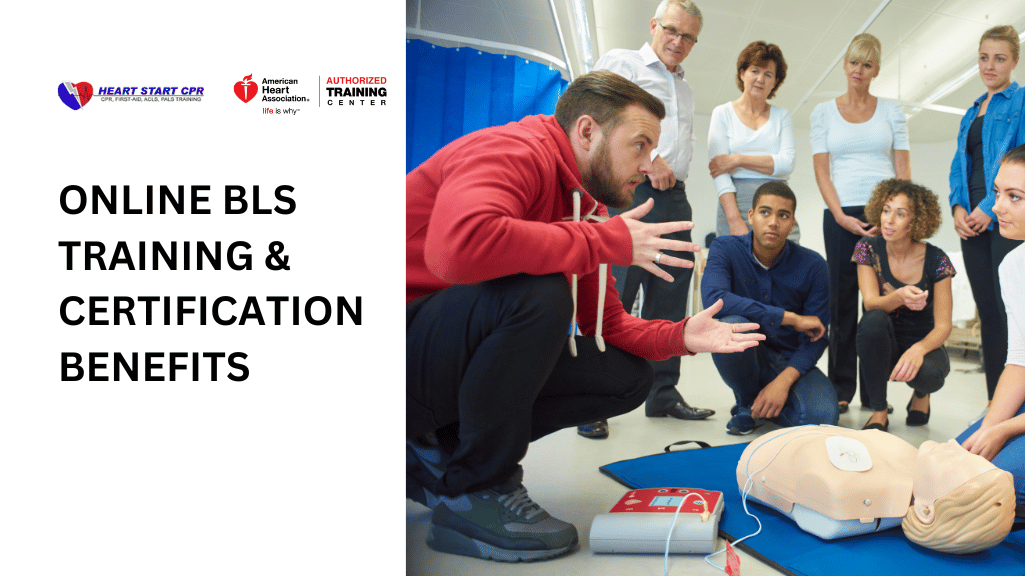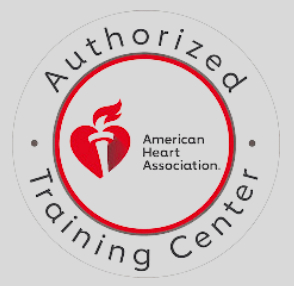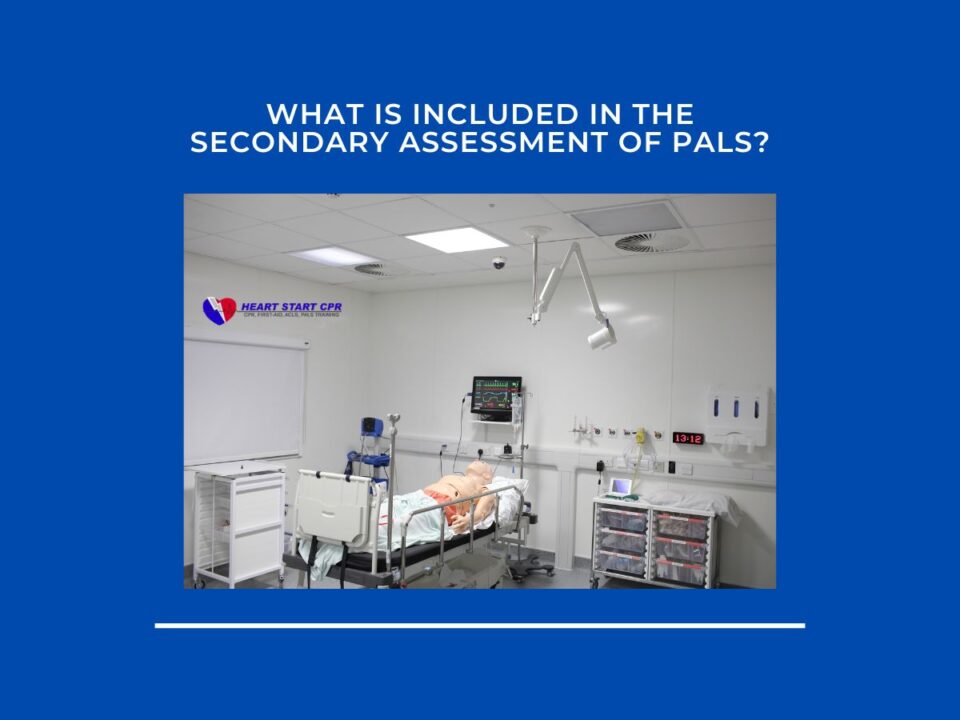
Benefits of Online BLS Training and Certification
July 4, 2023
Online vs In-Person CPR Certification Course
July 17, 2023Table of contents
- When is CPR Needed?
- How Often Does CPR Break Ribs?
- How to Perform High-Quality CPR?
- Common Side Effects of CPR
- What Should You Do If You Hear/Feel A Bone Crack While Performing CPR ?
- Who are Most at Risk of Breaking Ribs During CPR?
- Never Hesitate to Administer CPR
- FAQs:
- How often does CPR break your ribs?
- How long does it take the broken rib to heal after CPR?
- Does CPR lead to brain damage?
- Can’t I be sued for breaking ribs during CPR?
- What is the most common rib fracture during CPR?
- What injury is related to CPR?
- How can I sleep with broken ribs?
- Why do ribs break during CPR?
- Is it normal or common to break ribs during CPR?
Are you aware that administering Cardiopulmonary Resuscitation (CPR) to someone experiencing severe cardiac arrest can multiply their survival odds by two or even three times? However, One common question many people have is, “Does CPR break ribs?” While CPR involves chest compression, which helps to circulate blood throughout the body and keeps the brain and other vital organs alive until an Automated External Defibrillator (AED) or emergency medical staff can restore normal breathing and heart rhythm, rib fractures are possible.
Unfortunately, the rib can fracture during the process due to a lot of stress on the rib cage, as performing CPR is a physical job. The risk of broken ribs is about 30% depending on factors such as the person’s age, current health conditions, and the quality of the compression delivered. It’s essential to understand the potential risks and benefits when considering the consent for “How often do ribs break during CPR?” But the primary goal is always to save a life, so without caring much about the rib breakage a rescuer should focus on performing quality-CPR.
When is CPR Needed?
Cardiopulmonary Resuscitation (CPR) is a Basic Life Support (BLS) technique required in an emergency, if someone has gone into cardiac arrest or similar incidents. CPR is needed when a person stops breathing or has no heartbeat. There is usually enough oxygen still in the blood to keep the brain and other organs alive and supported for a few minutes, but it is not circulating unless someone does CPR. So the technique helps restore blood circulation and oxygen supply to the vital organs when a victim’s heart is no longer functioning.
The core part of CPR is chest compressions that help to circulate blood and oxygen to the brain and other vital organs until a regular heartbeat returns, which also is a reason for breaking ribs.
How Often Does CPR Break Ribs?
It is very common for ribs to break during CPR, though it does not always occur. It’s not rare to hear about CPR breaking ribs, especially during intense resuscitation efforts. Even what seems like a routine cardiac arrest can lead to this, given the immense force exerted on the chest cavity during the procedure. This is particularly true for older adults, especially those with osteoporosis. Their fragile bones make them more susceptible to such injuries, leading many to wonder, “Does CPR always break ribs?”
However, it’s essential to understand the broader perspective when considering the question, ‘Is it normal to break ribs during CPR?’. The reality is that cracked bones are a minimal injury that completely heals within a few weeks. That’s a tiny case when compared to the loss of life. That’s why a rescuer continue performing CPR, even if they’re sure they’ve cracked the victim’s sternum or rib. As I have already said, the primary concern is always saving a life, even if it means potential rib injuries.
It is common for individuals to experience rib fractures during CPR. While researches has a data of around 30% of patients sustaining such injuries, a “2015 research article in Resuscitation” indicates the numbers might be higher as per study analyzed autopsy data. This research examined post-mortem data from 2,148 individuals who underwent CPR due to non-traumatic cardiac arrest. The findings revealed:
- Skeletal Chest injuries were present in 86% of males and 91% of females.
- Sternum fractures were identified in 59% of males and 79% of females.
- Rib fractures were observed in 77% of males and 85% of females.
- Sternum and rib joint separations (i.e., Sternocostal Separations) were seen in 33% of males and 12% of females.
How to Perform High-Quality CPR?

CPR can be performed by anyone, anywhere in an emergency if they know the proper steps to take:
- First check whether the victim is conscious or not, if they are unresponsive and do not have a pulse rate, immediately call 911 and start chest compressions.
- Press down on the chest at least 2 inches deep each time using your upper body weight. Pump the chest at a rate of 100-120 compressions per minute or 2 compressions in a single second.
- People who have proper knowledge or CPR training can pause compressions to give mouth-to-mouth rescue breaths in every 30 compressions.
- Continue doing chest compressions and giving rescue breaths until the victim starts to breathe or any help arrives.
Related Post: Proper Procedure for Delivering Rescue Breaths to an 8-year-Old Child
Common Side Effects of CPR
CPR, or Cardiopulmonary Resuscitation, is a vital emergency procedure. However, it comes with some side effects. One of the most discussed concerns is whether CPR breaks ribs. Indeed, “Does CPR break ribs?” is a common question and the answer is yes and no. The forceful chest compressions in CPR can lead to broken or fractured ribs, especially in elderly individuals. This side effect, often called “CPR breaking ribs,” is not uncommon. Other potential CPR-related injuries and effects include bruising, soreness, and in rare cases, punctured lungs due to broken ribs. While the possibility of CPR breaking ribs exists, the life-saving benefits of the procedure far outweigh the risks. Proper training can help minimize these side effects.
What Should You Do If You Hear/Feel A Bone Crack While Performing CPR ?
So now we come to the most curious question: What should you do if you hear/feel a bone crack while performing CPR? The answer is simple: you keep delivering CPR. Of course, the victim’s chest will hurt when they wake up, but the one thing that matters is that they’re alive. Cracked ribs can be healed with rest, ice, and pain medication.
Who are Most at Risk of Breaking Ribs During CPR?
During the process of performing CPR, there is a possibility of breaking the ribs of the patient. CPR involves chest compressions which are performed by pressing down on the center of the chest with enough force to compress the chest by about 2-2.4 inches. This extreme external force may result in cracking ribs. However, the risk of rib fractures should not stop you from performing CPR in an emergency.
Rib fractures increase depending on several factors:
- Age: Compared to the younger age group people, older adults are more likely to suffer from rib fractures because of fragile bones.
- Sex: Women can have a higher chance of rib cracks during CPR.
- Health conditions: People who are facing some health issues, such as osteoporosis, are also more likely to break ribs during CPR.
- Body Size: People with smaller body structures are more likely to break ribs during CPR than those with a large body structure.
- Depth of compressions: The deeper the chest compressions( 2-2.4 inches), the higher the chance of rib fractures.
Sometimes it also depends on who is performing CPR, because the victim who received CPR from a bystander has a higher chance of broken ribs than those who received CPR from a doctor or paramedic.
Learn more about when to stop CPR and crucial tips for performing effective life-saving techniques.
Never Hesitate to Administer CPR
While the thought of CPR breaking ribs might be terrible, it’s essential to remember the bigger picture. Yes, there’s a possibility that CPR breaks ribs, especially in vulnerable individuals. But does CPR always break ribs? Not necessarily. The key is to understand that the potential of saving a life far outweighs the risk of causing a rib fracture. If someone’s heart stops, broken ribs can heal, but a lost life cannot be brought back. So, when faced with an emergency, always prioritize life.
Questions like “Does CPR break ribs?” or “Does CPR always break ribs?” often arise. Even if you break a rib during CPR, you should continue the process until the victims start to breathe on their own or any other medical professionals arrive.
However, rib fractures, or CPR breaking ribs, are not the case for every victim, they occur often. Especially when the victims are older or have fragile bones broken bones are common. While the intention is to restore a victim’s heart and breathing, the risk of breaking ribs is considered a secondary concern compared to the high potential of saving a life.
Whenever you encounter cardiac arrest victims, promptly call 911 and start performing CPR. With the right CPR training course, anyone can learn the proper techniques to ensure the highest chance of saving a victim’s life without excessive concern about CPR breaking ribs. So, make yourself trained by joining the Heart Start CPR’s online BLS training courses and be efficient in CPR.
FAQs:
How often does CPR break your ribs?
Approximately, 30% of people performing CPR can experience broken ribs. Fractures often occur at the 3rd, 4th, or 5th rib.
How long does it take the broken rib to heal after CPR?
Usually, it takes 4-6 weeks for broken or fractured bone of ribs to heal fully. But Healing time varies according to the patient’s condition and age.
Does CPR lead to brain damage?
No, CPR does not lead directly to brain damage because performing CPR immediately helps maintain blood flow and oxygenation to the brain. Hence, it reduces the risk of brain damage.
Can’t I be sued for breaking ribs during CPR?
The most awaited answer is NO. All 50 states in the US have Good Samaritan Laws that protect people who unintentionally do harm while assisting in good faith.
What is the most common rib fracture during CPR?
While performing CPR, the most common location of rib fracture is 2nd rib. Also often occur at the 3rd, 4th, or 5th rib, located in the midclavicular of the rib cage.
What injury is related to CPR?
Broken ribs are the most closely related and common injury in CPR.
How can I sleep with broken ribs?
If you have a broken or fractured rib, the best way to sleep is in an upright position. Use the pillow to make yourself easier while sitting up in the bed, or sleeping in an easy chair.
Why do ribs break during CPR?
Ribs break during CPR is recorded as common as it does not necessarily happen in all situations. Mostly, ribs break while doing CPR because of wrong-hand placement and adequate chest compression in prolonged CPR. It usually happens to elderly patients and children.
Is it normal or common to break ribs during CPR?
Yes, it is normal or common to break ribs during CPR which is not life-threatening. However, it is necessary to perform CPR efficiently and safely so that blood consistently pumps through the victim’s body.






